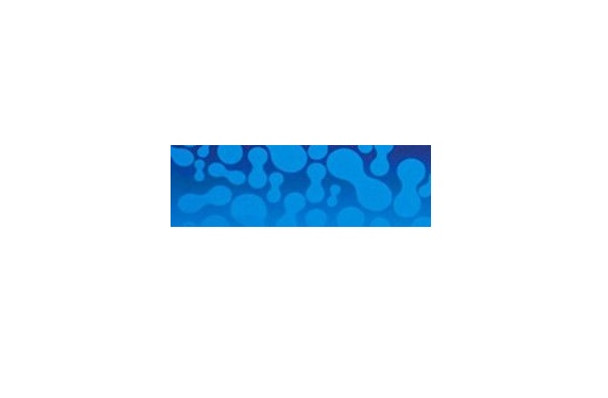Description
Recombinant Human CXCL9 Protein (His Tag) | PKSH032307 | Gentaur US, UK & Europe Disrtribition
Synonyms: C-X-C Motif Chemokine 9; Gamma-Interferon-Induced Monokine; Monokine Induced by Interferon-Gamma; HuMIG; MIG; Small-Inducible Cytokine B9; CXCL9; CMK; MIG; SCYB9
Active Protein: N/A
Activity: Recombinant Human C-X-C Motif Chemokine 9 is produced by our Mammalian expression system and the target gene encoding Thr23-Thr125 is expressed with a 6His tag at the C-terminus.
Protein Construction: Recombinant Human C-X-C Motif Chemokine 9 is produced by our Mammalian expression system and the target gene encoding Thr23-Thr125 is expressed with a 6His tag at the C-terminus.
Fusion Tag: C-6His
Species: Human
Expressed Host: Human Cells
Shipping: This product is provided as lyophilized powder which is shipped with ice packs.
Purity: > 95 % as determined by reducing SDS-PAGE.
Endotoxin: < 1.0 EU per µg as determined by the LAL method.
Stability and Storage: Generally, lyophilized proteins are stable for up to 12 months when stored at -20 to -80℃. Reconstituted protein solution can be stored at 4-8℃ for 2-7 days. Aliquots of reconstituted samples are stable at < -20℃ for 3 months.
Molecular Mass: 12.8 kDa
Formulation: Lyophilized from a 0.2 μm filtered solution of 20mM PB, 150mM NaCl, pH 7.4.
Reconstitution: Please refer to the printed manual for detailed information.
Background: Chemokine (C-X-C Motif) Ligand 9 (CXCL9) belongs to the intercrine alpha (chemokine CXC) family. It is secreted by interferon stimulated monocytes, macrophages and endothelial cells, which elicits chemotactic functions by interacting with the chemokine receptor CXCR3. CXCL9 acts as a Th1 (type 1 helper T) cell chemoattractant and plays a role in the growth, activation and movement of cells associated with immune and inflammatory responses, and in tumour growth inhibition. It is closely related to two other CXC chemokines called CXCL10 and CXCL11, whose genes are located near the gene for CXCL9 on human chromosome 4.
Research Area: immunology






